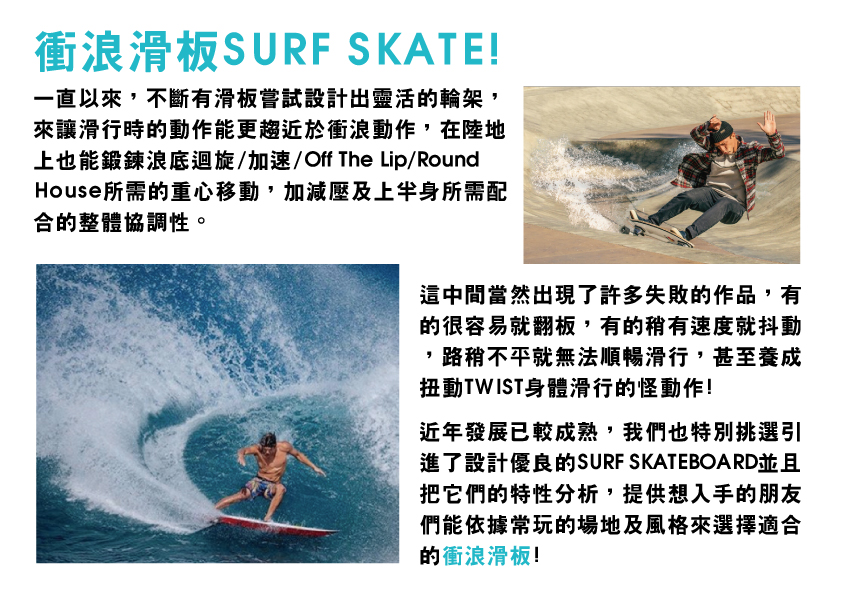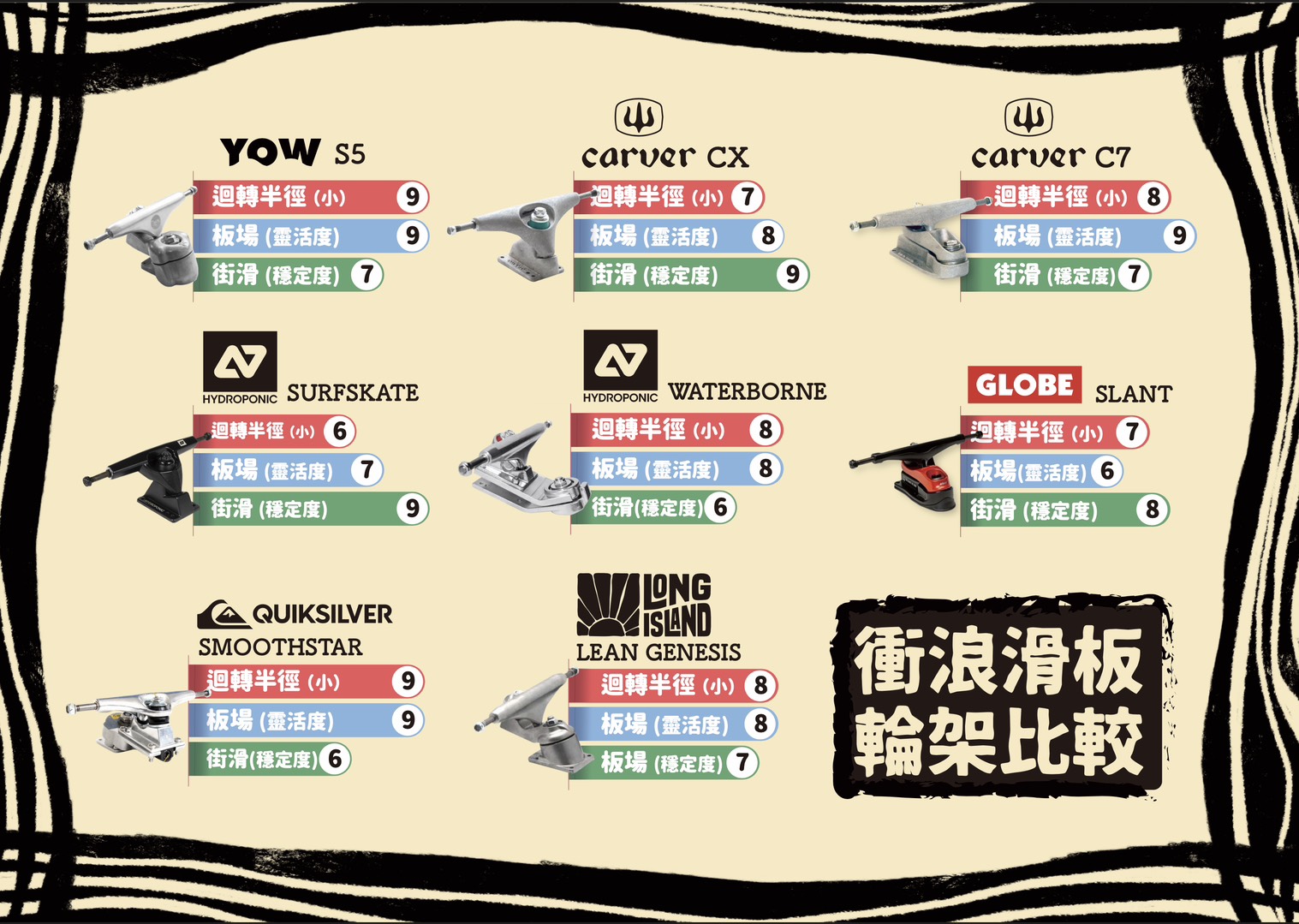When we ride a Carver our minds travel to a sense memory of the primordial ocean from whence we emerged, and in a sense our minds become a wave, our consciousness flooded with a sense of excitement and stoke.
Wavy Davy embodies this feeling in his entire being, literally becoming a wave. It’s the feeling we seek out when we step on a board, this heightened state of consciousness where we become one with the wave, and inhabit the joy often called a state of flow.
Specs :
-
Length: 28"
-
Width: 9 5/8"
-
Wheelbase: 14 5/8”
-
Nose: 3 1/2"
-
Tail: 5 5/8"
Components :
-
Truck Option: C5
-
Truck Color Option: Raw
-
Wheels: 60MM Green Glass 78A
-
Bearings: Built-In
-
Grip Tape: Deck Pad Print Grip
-
Hardware: Stainless Steel
-
Length: 28"
-
Width: 9 5/8"
-
Wheelbase: 14 5/8”
-
Nose: 3 1/2"
-
Tail: 5 5/8"




HISTORY OF CARVER SKATEBOARDS
It all started one quiet summer in Venice, California in 1995. Greg Falk and Neil Carver had been surfing all winter, and were pumped to surf the warmer waters of the Breakwater during the long days of summer, but it was as flat as a puddle. Not even a longboard ripple to justify getting wet. So, like the many generations before them, they took to the streets with skateboards in search of hills to surf.
The historic neighborhoods of Venice and Santa Monica are a veritable skatepark of steep alleys and banks, and as they dropped in on those asphalt waves they were struck with how unlike surfing it was. Sure, they sort of got a surf-like experience, as much as standing on a board and banking turns can provide, but they really missed the snap and drive that a surfboard has, that crisp pivot you get at the tail that lets you really pump a wave for speed. Their skateboards felt stiff by comparison. They tried loosening the trucks even more but all they got was speed wobble, and the steepest hills became virtually unskateable.
And even with those loose trucks, the dynamic of the turn was still all rail-to-rail, symmetrical nose-to-tail. Picking up the nose to tic-tac at high speed down a steep incline was sketchy, so they were left only imagining the performance they wanted, unable to get that feel with any skateboard on the market.